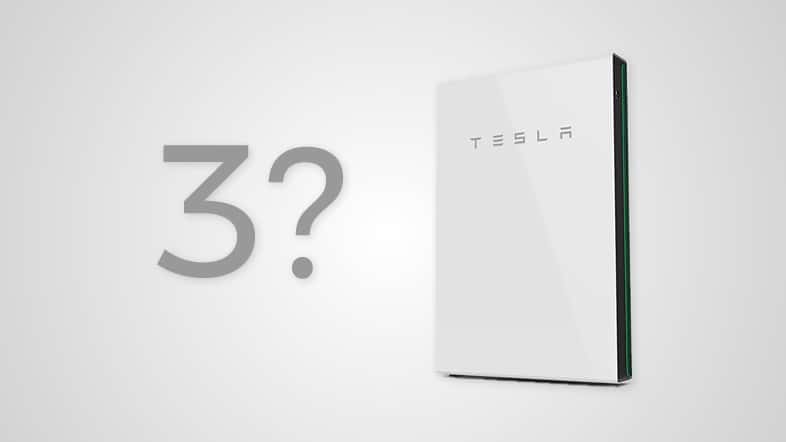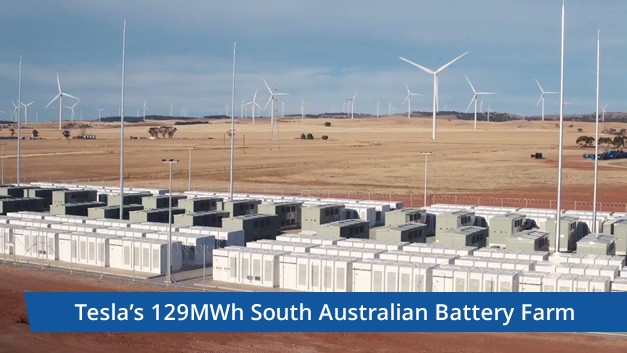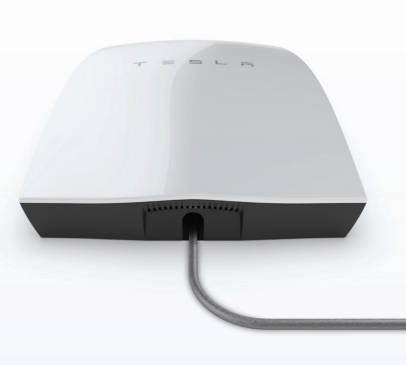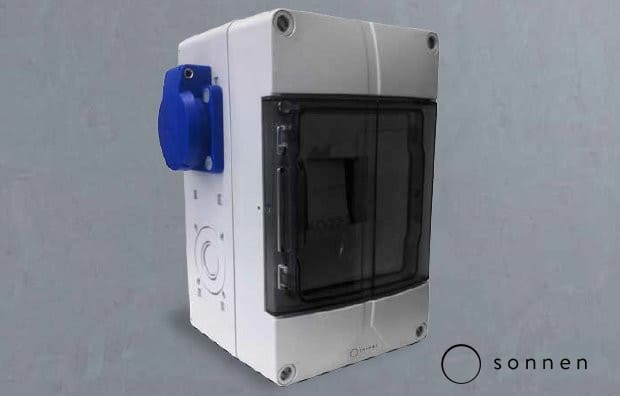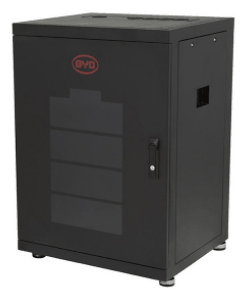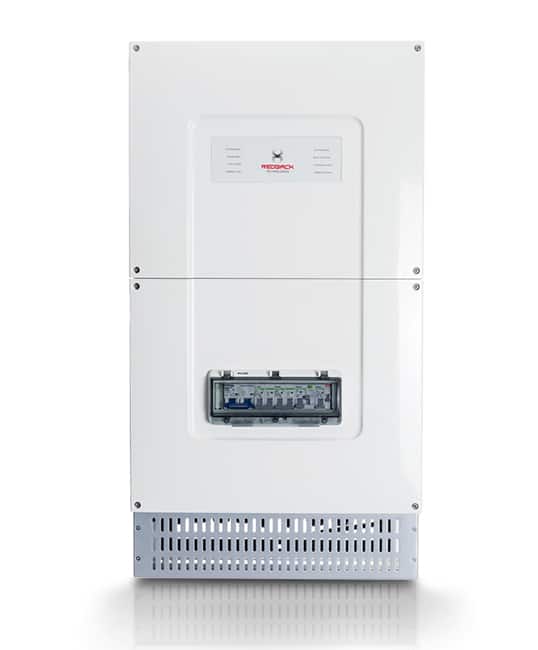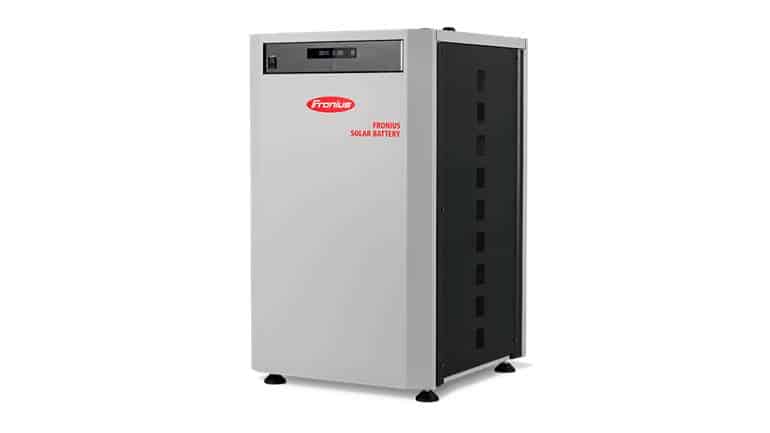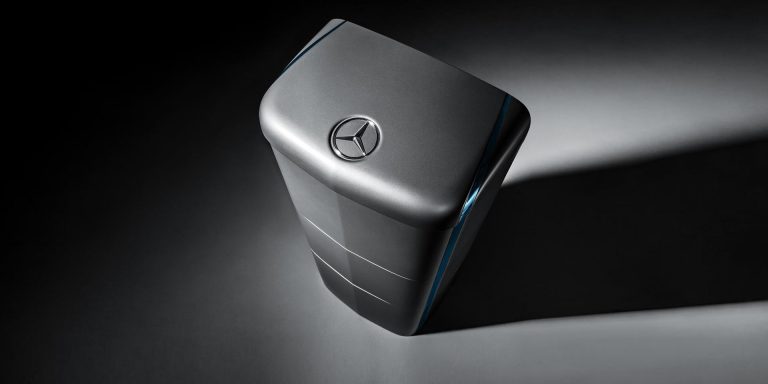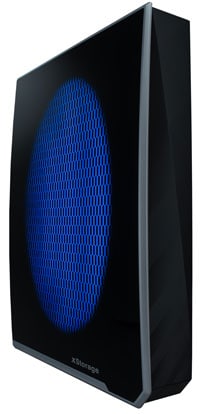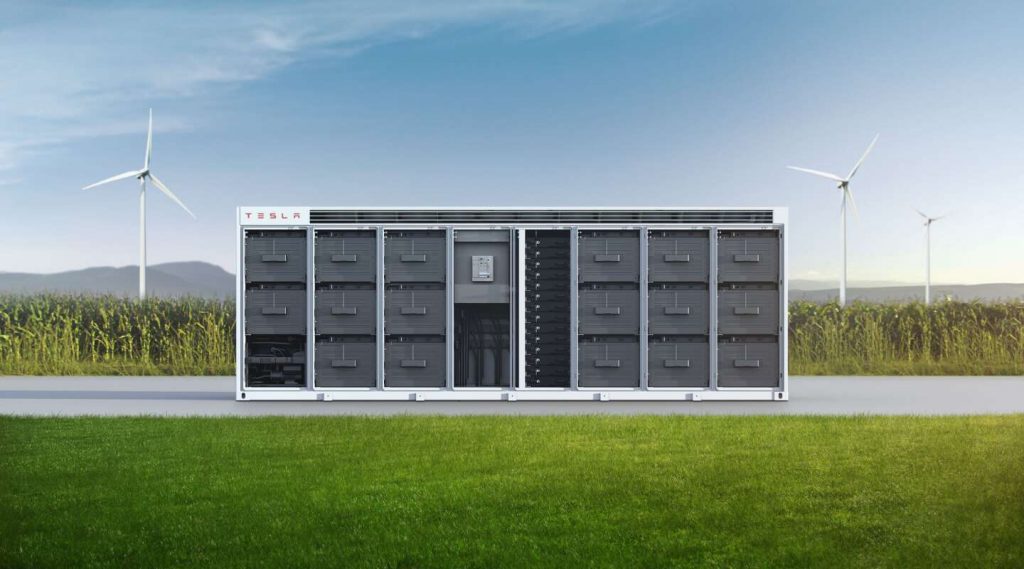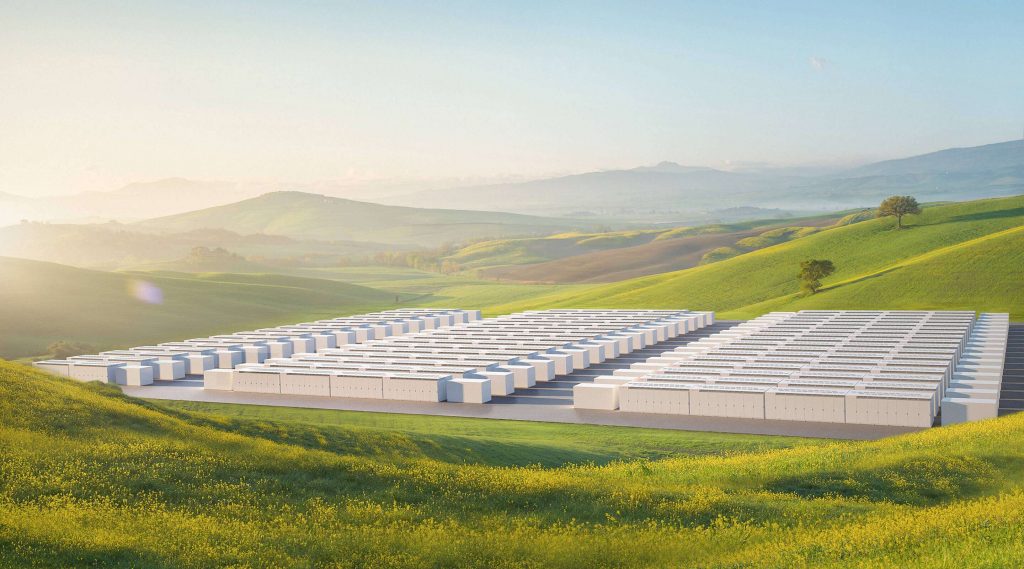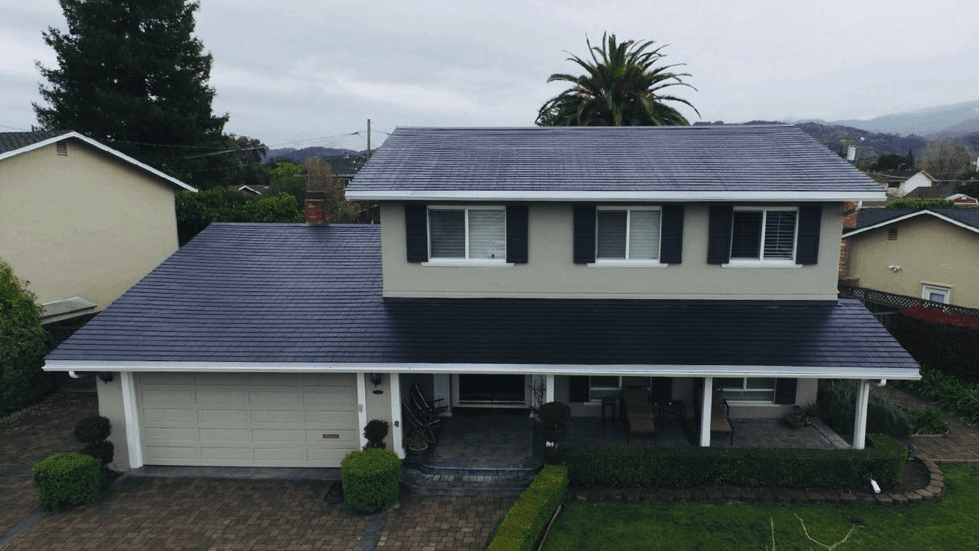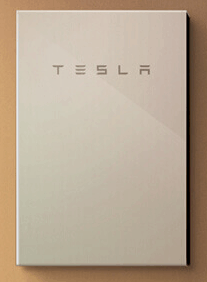In 2023, the Tesla Powerwall continues to be a game-changer in the world of residential energy storage. This innovative battery system allows homeowners to store excess energy generated by solar panels or electricity from the grid for use when the sun is not shining or during power outages. The Powerwall is designed to be modular, allowing homeowners to install multiple units for increased storage capacity.
One of the most significant advantages of the Powerwall is its ability to help homeowners reduce their reliance on the grid. By storing excess energy generated by solar panels during the day, homeowners can use that energy to power their homes at night or during times when the sun is not shining. This can significantly reduce energy bills and help homeowners to become more self-sufficient.
Another advantage of the Powerwall is its ability to provide backup power during power outages. With the Powerwall installed, homeowners can continue to power essential appliances and devices even when the grid is down. This can be especially important in areas prone to severe weather or frequent power outages.
In addition to its practical benefits, the Powerwall is also designed with aesthetics in mind. The sleek, compact design allows for easy installation in a variety of settings, and the system can be integrated with solar panels for a complete home energy solution.
As with any new technology, there are some potential challenges to the widespread adoption of the Powerwall. One of the most significant challenges is the initial cost of installation. While the cost of the Powerwall has decreased significantly over the past few years, it can still be a significant investment for homeowners. However, there are many financing options and incentives available that can help to offset the initial cost of installation.
Another challenge is the availability of trained installers. While Tesla is continually expanding its network of certified installers, some areas may not yet have access to trained professionals. This can make it challenging for homeowners to install the Powerwall themselves, which may add to the overall cost of installation.
Despite these challenges, the future looks bright for the Powerwall. As renewable energy continues to grow in popularity, the demand for energy storage solutions like the Powerwall is likely to increase. Tesla is also continually improving the technology behind the Powerwall, with regular software updates and improvements to the hardware itself.
In conclusion, the Tesla Powerwall continues to be a revolutionary technology in the world of residential energy storage. With its ability to help homeowners reduce their reliance on the grid, provide backup power during outages, and integrate with solar panels for a complete home energy solution, the Powerwall is poised to play a significant role in the transition to renewable energy. While there are some challenges to widespread adoption, the benefits of the Powerwall are clear, and its future looks bright.
Tesla Powerwall 3 – Features we’d like:
- Increased storage capacity: The Powerwall 3 may have a larger storage capacity compared to its predecessors. This would allow homeowners to store even more energy and become more self-sufficient.
- Faster charging and discharging: it may have faster charging and discharging capabilities, making it even more efficient and effective.
- Improved compatibility with solar panels: The Powerwall 3 may be even more compatible with solar panels, allowing for seamless integration and optimal energy production.
- More compact design: it may be even more compact than previous models, allowing for easier installation in a variety of settings.
- Improved software: The Powerwall 3 may have improved software that allows for more advanced monitoring and control of energy usage. This could include features such as real-time energy monitoring and the ability to schedule energy usage.
- More affordable: The Powerwall 3 may be more affordable than previous models, making it more accessible to a wider range of homeowners.

